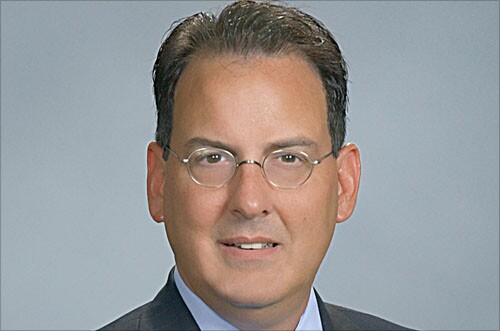
Related Article:
(Image: Thinkstock)

Pruning at Regions Financial (RF)
Related Article:
(Image: Bloomberg News)

PNC Downsizes
Related Articles:

U.S. Bancorp Bulks Up in Chicago
Related Article:
(Image: Bloomberg News)

Huntington Goes In-Store
Related Article:

KeyCorp Cuts
Related Article:
(Image: Bloomberg News)

Washington Federal Expands Out West
Related Article:
(Image: Bloomberg News)

Hancock Consolidates
Related Article:
(Image: Bloomberg News)

Susquehanna Tries Leasebacks
Related Article:
(Image: Fotolia)

Fulton Cuts Back
Related Article:

National Penn Retrenches
Related Article:

CenterState Rationalizes
Related Article:





